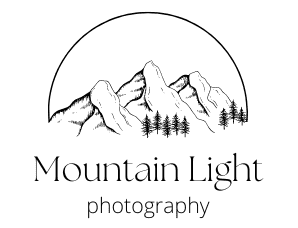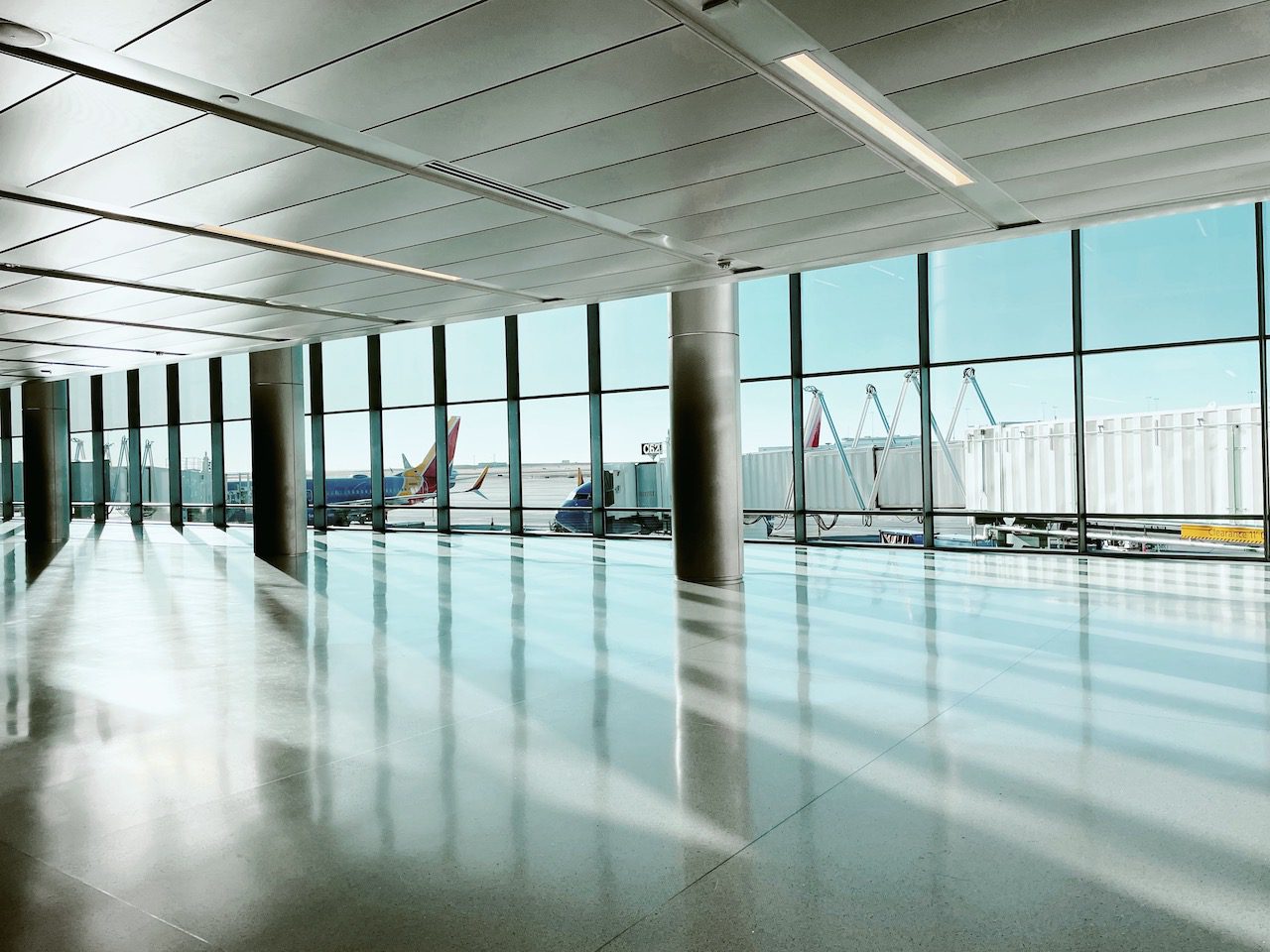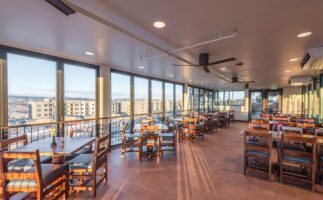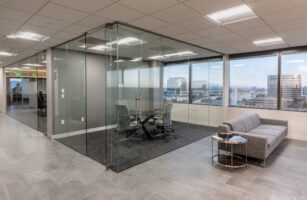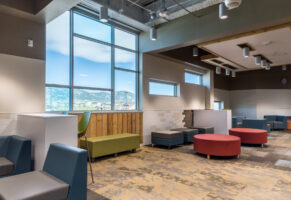Architecture has the power to evoke emotions, tell stories, and capture the imagination. In the realm of photography, architectural photography stands out as a unique and challenging genre that requires a keen eye, technical skill, and an appreciation for design. In this Architecture Photography 101 guide, I’ll dive into the fundamentals of architecture photography and explore how you can master the art of capturing buildings in their most captivating light.
Understanding the Basics
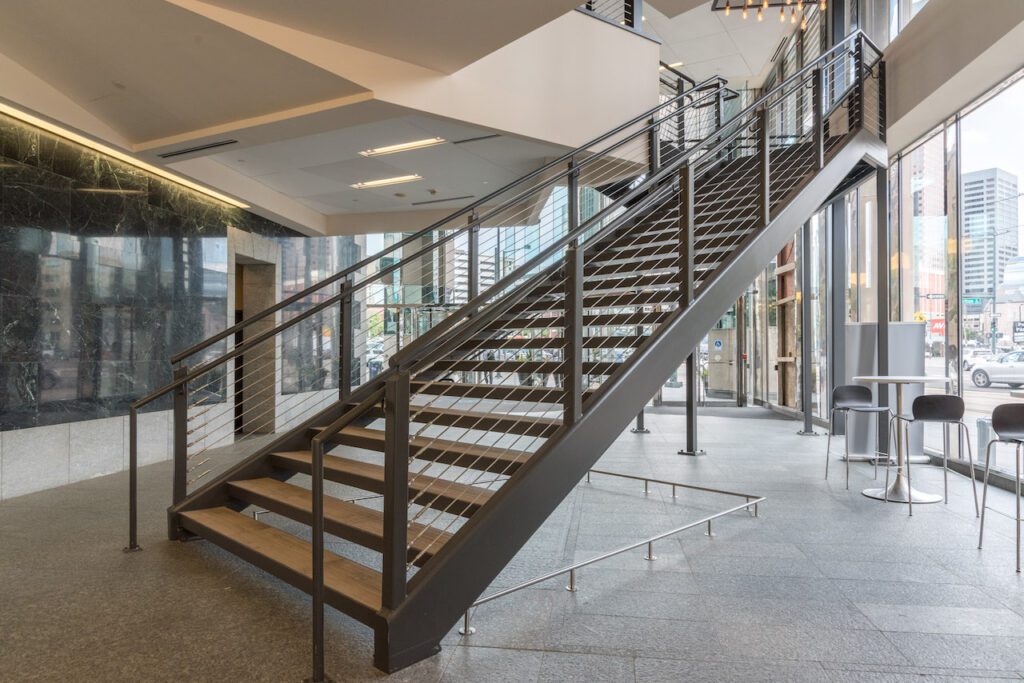
Before you embark on your architectural photography journey, it’s crucial to understand the fundamental principles of photography. Familiarize yourself with concepts like composition, exposure, and lighting. Get to know your camera inside out, including its settings and capabilities. A solid foundation in these basics will serve as the building blocks for your architectural photography skills.
Architecture Photography Lighting
Light plays a pivotal role in architectural photography. The quality of light can dramatically affect the mood and atmosphere of your photos. Experiment with shooting at different times of the day to capture the interplay of light and shadow. Sunrise and sunset, known as the golden hours, often provide warm, soft light that enhances the details of buildings and adds a touch of magic to your shots.
Composition Techniques
Compose your shots thoughtfully to highlight the beauty and uniqueness of each structure. Experiment with different angles, perspectives, and focal lengths. Pay attention to leading lines, symmetry, and framing to create visually compelling images. Architectural photography often benefits from a clean and uncluttered composition that allows the viewer to focus on the form and details of the building.
Equipment Essentials
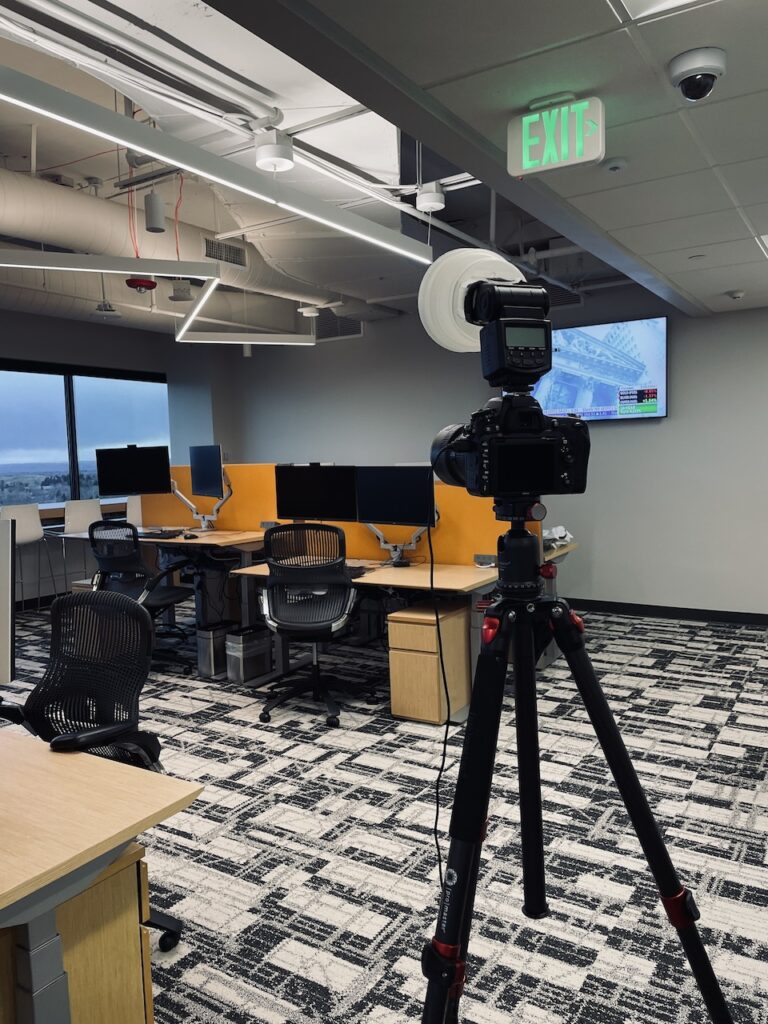
While you don’t need a high-end camera to start with architecture photography, having the right equipment can make a significant difference. A wide-angle lens is a valuable tool for capturing expansive building facades, while a tilt-shift lens can help correct perspective distortion in tall structures. A sturdy tripod is essential for achieving sharp, long-exposure shots, especially in low-light conditions.
You’ll find I don’t geek out too much when it comes to photography equipment. I like to keep it simple I shoot with a Nikon D750 camera, a Nikkor 20mm prime lens, and a Nikkor 16 – 35mm lens as well for those really tight spaces. I also use a remote shutter release to minimize camera shake, along with a sturdy tripod.
Attention to Detail
Architectural photography is about more than just capturing entire buildings; it’s about showcasing the intricate details that make each structure unique. Zoom in on interesting textures, patterns, and architectural elements. Consider shooting abstract close-ups to provide a fresh perspective on familiar buildings. These types of detail shots are great for specific design elements architecture and interior design firms typically want to highlight.
Post-Processing Fun
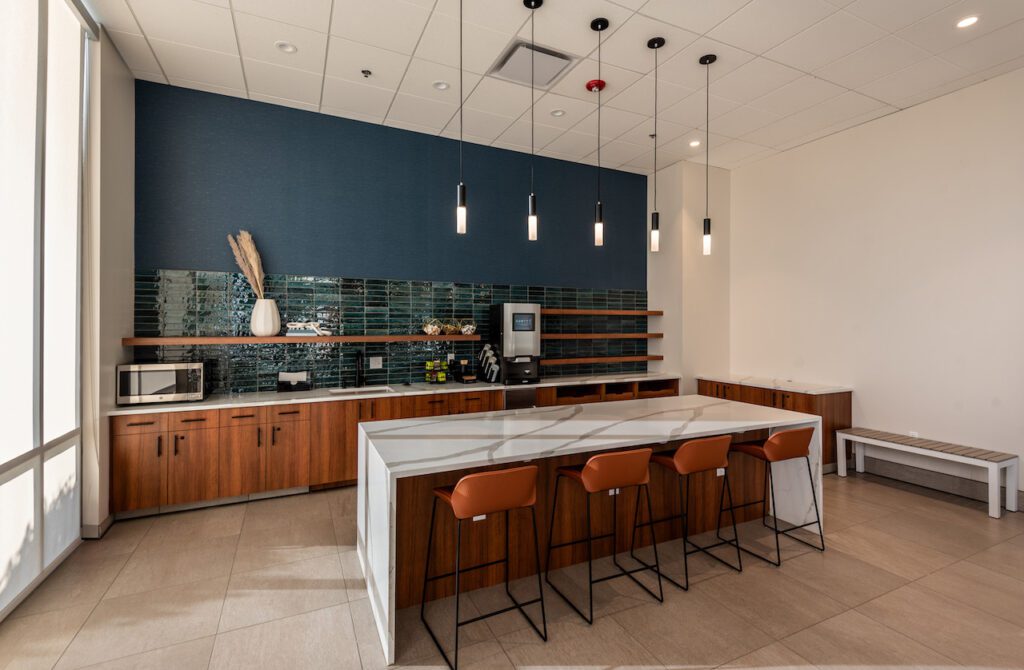
I personally love the post-processing step. It’s when I feel I get to be the most creative. The digital darkroom is where your architectural photos can truly come to life. I use post-processing software like Lightroom and Photoshop to fine-tune exposure, correct distortions, and enhance colors. Experiment with black-and-white processing to emphasize the graphic elements of architecture. But remember, post-processing should enhance your images, not replace good photography.
Tell a Story
Every building has a story, and as an architectural photographer, your task is to narrate it through your images. Consider the context of the building, its historical significance, or the emotions it evokes. Including people in your shots can add a sense of scale and bring life to the architectural narrative.
Architecture photography is a captivating journey that combines artistic vision with technical precision. By mastering the basics, understanding the nuances of light, and paying attention to composition and detail, you can capture the essence of buildings in a way that resonates with viewers. So, grab your camera, explore your surroundings, and unveil the artistry of architectural photography.
*all images were taken by me and are subject to copyright.
